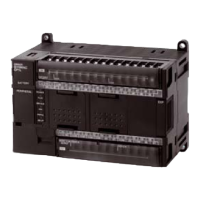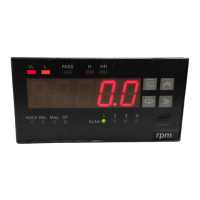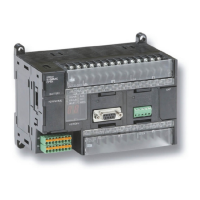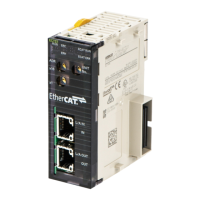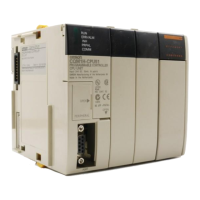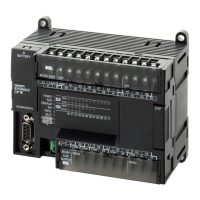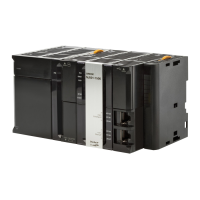XtraDrive User Manual Chapter 6: Servo Adjustment
6-15
6.3.3. NCT Gain Parameters
The following are the main parameters of NCT servo control:
Kd Pn1AC Differential gain
Kp Pn1AA Proportional gain
Kiv Pn1AB Additional proportional gain
Kis Pn1A9 Integral feedback gain
Ka Pn1AD Acceleration gain
These parameters should be tuned in the order of the list above.
• Kd (Pn1AC) range 0-2000 [Hz] default 30:
This parameter is equivalent to a velocity loop gain. It produces
damping of the movement.
The higher this parameter can be increased, the better the final
tuning will be. However, the increase is limited by the flexibility of
the mechanical system driven.
A too high value of Kd will cause high frequency oscillations of the
system.
For tuning, raise the value of that parameter progressively until
oscillations are observed or acoustic noise is heard. Then reduce
back to a safe value (around 10 to 20%, depending on the system).
• Kp (Pn1AA) range 0-500 [Hz] default 40:
This parameter sets the position loop gain.
For tight control, increase it until overshoot or oscillations are
observed. Then reduce back and set according to the level of
overshoot/undershoot desired.
Value 30*(Jtotal/Jmotor)^0.5 can be used as a reference value.
• Kiv (Pn1AB) range 0-500 [Hz], default 30:
This parameter is an additional position loop gain. Using proprietary
NCT technique, this gain increases stiffness and reduces the position
error during the trajectory following, without causing overshoot or
oscillations.
Proceed as for Kp for tuning. Normally, the range of this parameter
is
Kp/2 < Kiv < Kp
• Kis (Pn1A9) range 0-500 [Hz] default 40:
This parameter is the equivalent of the integral loop gain. It cancels
the position error at stop and minimizes it during movement.
As for previous gains, increase until vibrations occur, then reduce
back to a safe value.
The oscillations observed when a too high Kis is used are usually at
lower frequency.
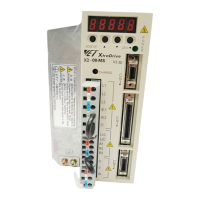
